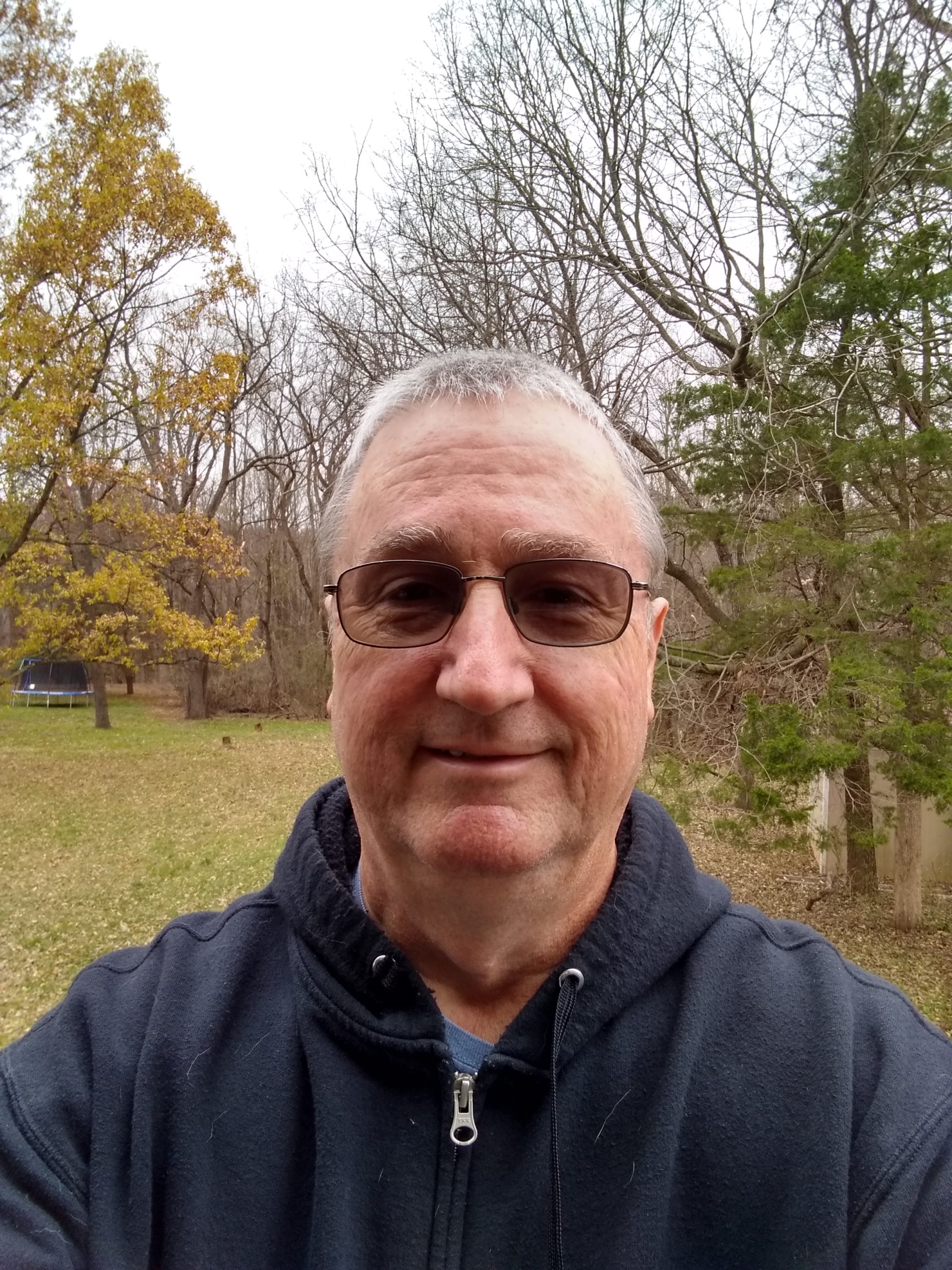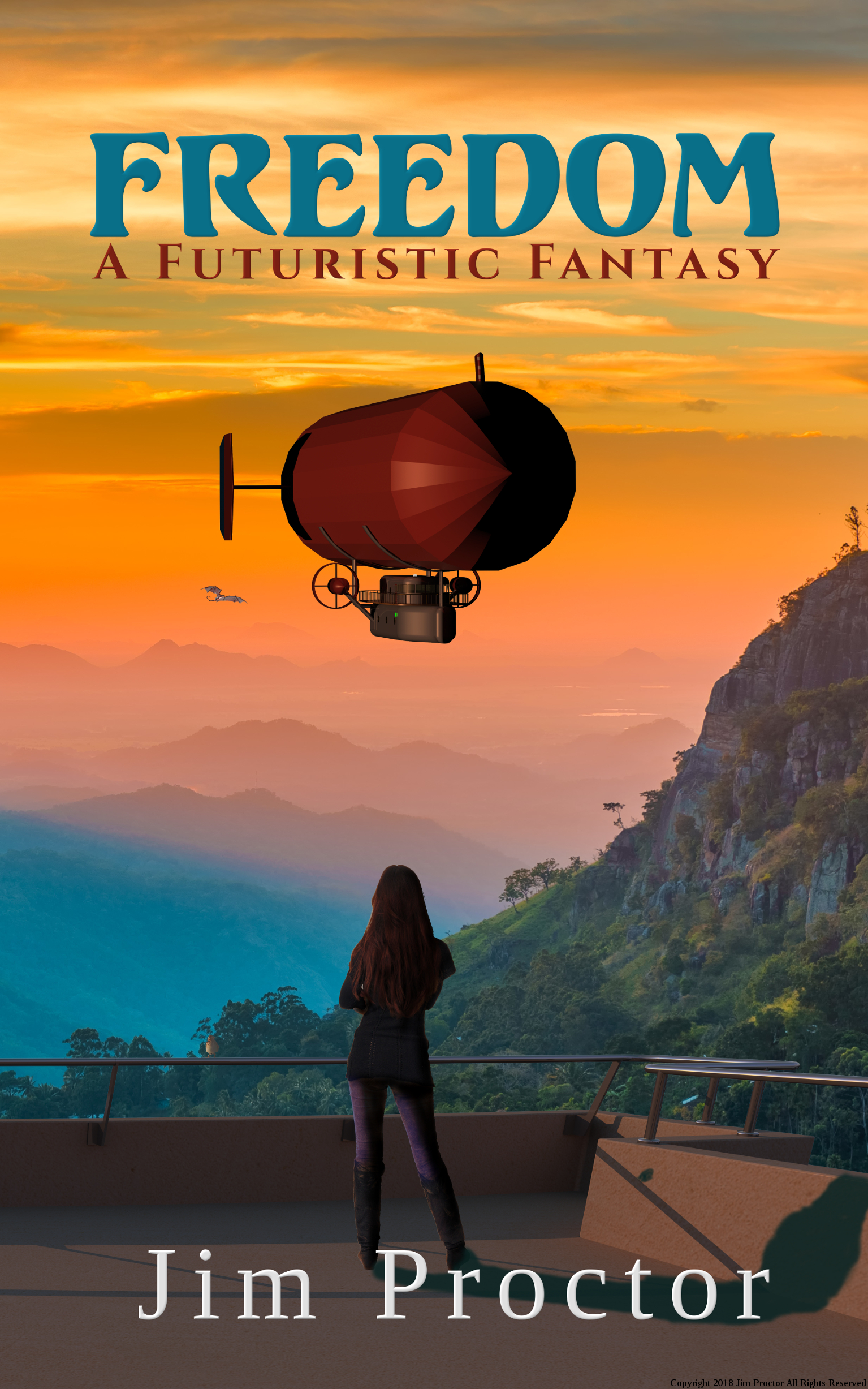
About me…
I became a fan of science fiction literature when I read Dune by Frank Herbert. I think that was around 1977. I had never been much of a reader prior to Dune, but, afterward, I constantly had a science fiction book in my hand or nearby. I broadened my reading to include fantasy when I read Lord of the Rings for the first time. Over the years, I have read LOTR more than thirty times and listened to the audiobook numerous times.
Around 2008, after decades working in scientific laboratories, I decided I wanted to write science fiction. I spent more than four years writing my first novel, a science fiction work. Next, I wrote a sci-fi short story. My next work was a fantasy novel.
Unfortunately, having read sci-fi and fantasy for decades didn’t translate into writing the same. Over time, I came to realize these works sucked. I unpublished them and went back to “school” on the art of writing fiction. Those first books were not a total loss, however. They made me realize I had been entirely too cavalier about my writing. I needed to take writing seriously or stop. I spent more than a year studying the craft of writing. I wanted to be sure I was ready to fully commit to it before jumping back in.
During this time, the aforementioned short story stuck in my mind and began to grow. It eventually became my next published novel, Veronica Phoenix. One chapter in the middle of the novel is that short story (after a lot of work de-suckifying it).
After completing Veronica Phoenix, I had a nagging desire to find out what Nolan Peters had done after Carl Wilkins vanished without a trace. That became Search for the Phoenix. As I wrote the final chapters, there was a sequel lurking in the back of my mind, but it never grew beyond the ending. Rather than try to force some beginning and middle to fit, I decided to make it an epilogue to Search for the Phoenix. That was why the novel has two endings, the ending to the novel followed by the ending to the series.
While I was trying to invent some beginning and middle for that elusive Phoenix book three, I came up with a few ideas that became the seed for Freedom: A Futuristic Fantasy. As that story began to grow, I realized it was a fantasy story, not science fiction, which is why it never gelled into a solid part of the Phoenix series. Thus, I began writing a new fantasy novel.
Book two, Destiny: A Futuristic Fantasy, soon followed, giving the reader a look at how Angus and Jazeen got on together.
I am currently writing book three in the futuristic fantasy series. I can’t say much right now, but I can say it begins with a shocking revelation.

My favorite authors (not in any order) are Julie E. Czerneda, Peter F. Hamilton, Isaac Asimov, Terry Pratchett, and J.R.R. Tolkien. If you pressed me for my favorite, I would have to say Julie Czerneda. I’ve met her in person and chatted with her by email a few times over the years, and she is a truly delightful person. All of these writers have influenced my writing.
Music has always been a big part of my life. I began playing trumpet in 5th grade and continued playing until I was twenty-two years old. I took piano lessons for a few years when I was in my early teens. I tried to learn to play guitar, but never really applied myself. Currently, I am learning to play bass guitar, and I am loving it.
I have been married for thirty-nine years at time of writing. My wife and I met in high school. We have four kids, all adults now, and all musicians.


I have always loved dogs, and we have had dogs (as many as three at one time) in our house off and on for decades. My current writing partner is Bailey, a five-year-old Yellow Labrador. Most of the plots Bailey comes up with involve bones, treats, and squeaky toys, but she sometimes has an idea I can use. Mostly, though, she reminds me to stop writing and cuddle her occasionally.
I follow a couple of YouTube channels regularly, The Hoof GP and Rick Beato. The latter is about everything music. But cow hoof trimming? Yep, The Hoof GP is addictive (if you don’t mind some occasional gore). I’m getting pretty good at spotting white line defects and detached hoof horn.
That’s all for now. I’ll update this page if anything noteworthy comes up. Thanks for reading.